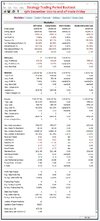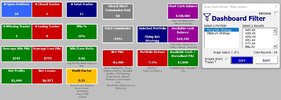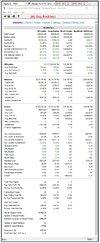Thanks Skate! I will take a look at Guppy's work.Now that's what I'm talking about
@entropy to have any chance in this game you need a plan & your plan is solid. If you keep your trading plan consistent you'll do okay as consistency is the name of the game.
In between the signals, just hang on for the ride
No matter what your selection criteria were, or what has motivated you to place a ‘buy’ order, you have to realise "everything is out of your control" from that point on till you elect to sell, so in the meantime just hang on for the ride.
View attachment 136765
Guppy's Multiple Moving Averages
Looking at three pairs of moving averages performs as a trend trading strategy. As trend trading strategies go, using "Guppy's Multiple Moving Averages" would be a suitable choice for you to have a look at as it's easy to follow & understand.
Sometimes more is better
I understand you use three moving averages whereas Guppy uses twelve EMA's. It's the relationship between the twelve exponential moving averages (EMA's) that tells the story of long & short-term buyers. The (GMMA) is composed of multiple lines that help traders see the strength or weakness in a trend better than if only using one or two moving averages or (EMAs). Compression to the expansion of the “lines of the ribbon” tells one story whereas the reverse (expansion to compressions) tells another. On the other hand, the "crossing" of the ribbons, is a whole other story in itself.
Skate.
Was there an Ogden Nash ditty that went: cats have kittens, dogs have puppies, guppies have guppies?



